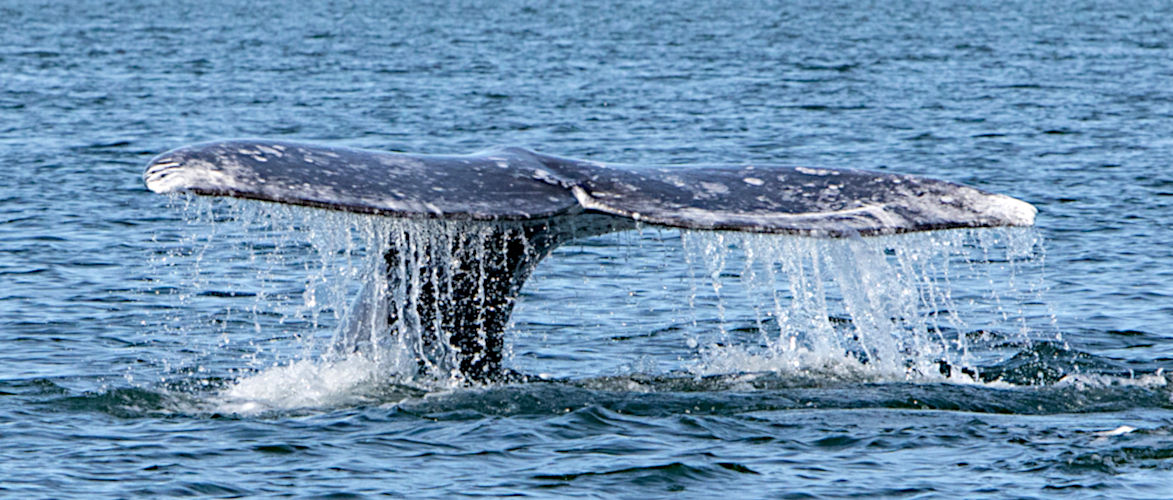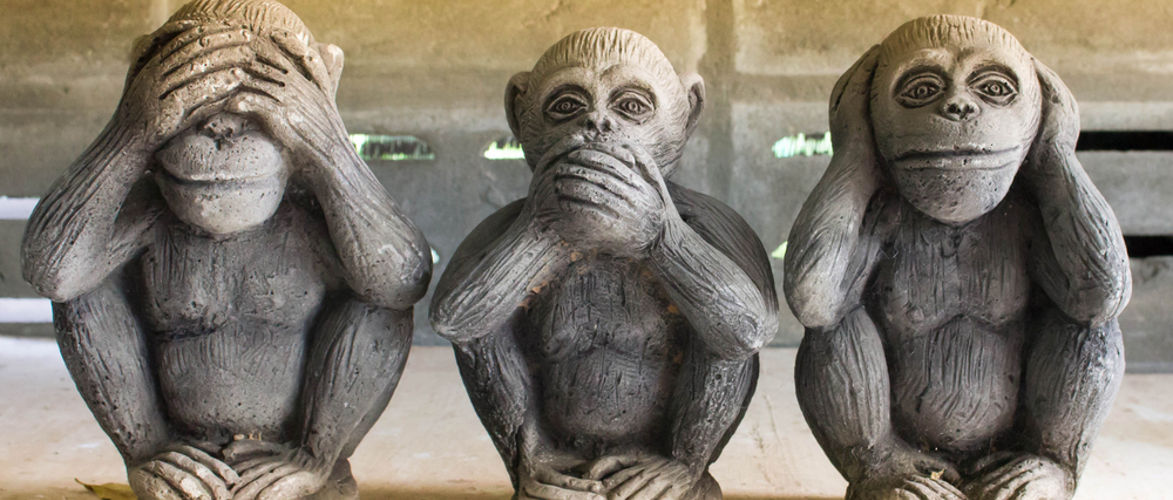By Dirk C. Fleck.
“God is hiding here,” the writer D. H. Lawrence wrote with delight when he visited the rough Mexican peninsula of Baja California in 1925. I held my head in the airstream to relieve the burning forehead, but I might as well have stuck it in a blast furnace. If God had really chosen this 1200-kilometer-long Mexican appendix as his hiding place, it had to be damned heat-resistant. That would make him probably the only one who had all the prerequisites to survive the threatening climate catastrophe.
Baja is a resistant little spot of earth that has managed to keep people off its back. To this day, our species, which has been spoiled by success, fails because of the grandiose hostility of the country, which is still one of the most sparsely populated areas on earth in the middle of the American continent. Its mountains baked by the sun, its vast sandy deserts and abyssal canyons tolerate humans only as guests. The Mex 1, which was only built in 1973 and on which I moved southwards, is the only civilization wound that could have been inflicted on the peninsula. It stretches 1700 kilometers from Tijuana to Cabo San Lucas. How calmly Baja takes notice of the asphalted implant can be seen from the debris along the route: blood-red splinters from tail lights, burst windscreens, car wrecks spilled up to the roof and rusty exhaust pipes sticking out of the sand like the arms of drowning people – all this testifies to the sovereignty with which the desert strip knows how to resist the car industry. Where a vehicle gets stuck, it is forever.
With every kilometer that I drove into this inhospitable landscape, the impression of being on the road on another star was intensified. All colors seemed to be painted on black. This was the darkest solar sky in the western hemisphere. Temperatures reached 55 degrees in the shade, but where was shade? Always the ridges of the mountains, staggered one behind the other, seemed to be within reach, so clear was the air. Gradually I developed a feeling for the sublime beauty of this merciless paradise. The Cardón cacti, which as gigantic index fingers or mighty candelabras reached up to twenty meters into the sky, were overwhelming. Occasionally the perfume of the sea blew at me.
I approached a column of camping buses, which was too strenuous for me to overtake. These people probably had the same destination as me, the Ojo de Liebre Lagoon where dozens of grey whales were stranded, as I had heard on the radio. It was bizarre that they ended their lives here. The lagoon is called Scammon`s Lagoon in English, named after the whaler captain Charles Melville Scammon. “The coast is full of huge bones,” he noted in his diary two hundred years ago, “it is only a matter of time before the gray whales are no longer among the living races.” At the beginning of the 20th century, the worldwide population had shrunk to 250 specimens before the animals were finally placed under protection in 1937. Today their number is estimated at 30,000.
Since the beginning, the grey whales have migrated from the Arctic oceans to the protective lagoons of Baja California. On their ten thousand kilometers long migration they cover 200 kilometers a day. I did not believe in the thesis of the collective suicide of the marine mammals spread by “experts” on the radio. Humans are now transmitting on all frequencies in the oceans. The underwater radar of the military alone should be enough to override the sensitive whale tracking system. Why they still found their way back to their nursery to die was a mystery to me.
What on earth was going on out there in the dunes? It looked like an open-air concert or a rodeo. Cars, trailers and tents as far as the eye could see. There was no getting through on the road. I put the car back, parked it at the temporary end of the tin line, grabbed the straw hat I had bought in Tijuana, and stomped on the red-hot ground towards that long ridge that had obstinately blocked my view of the sea for the last few kilometers.
Behind the crest, the road went gently downhill. The ocean glittered in the midday sun. It lay there like ironed. As motionless as the slate-grey, ten-meter-long stranded colossus, bobbing in the shallow water while hundreds of helpers armed with buckets tried to keep their dehydrated bodies moist. An awestruck audience squatted on the sandy tiers of this absurd theatre. Many people had tears in their eyes, some prayed. Above us a buzzing zeppelin circled with a red inscription: CNN.
I stood helplessly on the spot for a while before I made my way to the beach, where I stepped off the front of the mighty carcasses with a beating heart. Among all the extinguished eyes was one that awaited me. We looked at each other. I did not bend my knees, I did not stroke the dying man like so many others around me, I stood upright and looked him in the eye. It was as if I was looking into a warm, glistening light. There was more peace and love in the eyes of the dying whale than I will ever find among humans…
PS: We should tell ourselves more stories again to loosen up the information rubbish in our heads a little. Stories that we have experienced ourselves, that taste of real life. It was in the early nineties when I was travelling in Southern California for the magazine Merian. I took the opportunity to take another trip to the Mexican peninsula Baja California. This is what I brought with me to Hamburg as an additional reportage. It was never printed.
+++
Thanks to the author for the right to publish.
+++
Image source: Joe Morris 917 / shutterstock
+++
KenFM strives for a broad spectrum of opinions. Opinion articles and guest contributions do not have to reflect the views of the editorial staff.
+++
KenFM now also available as a free app for Android and iOS devices! Via our homepage you can visit the stores of Apple and Google. Here is the link: https://kenfm.de/kenfm-app/
+++
Support us with a subscription: https://www.patreon.com/KenFMde
+++
You like our program? Information about further support possibilities here: https://kenfm.de/support/kenfm-unterstuetzen/
+++
Now you can also support us with Bitcoins.

BitCoin address: 18FpEnH1Dh83GXXGpRNqSoW5TL1z1PZgZK










Kommentare (0)